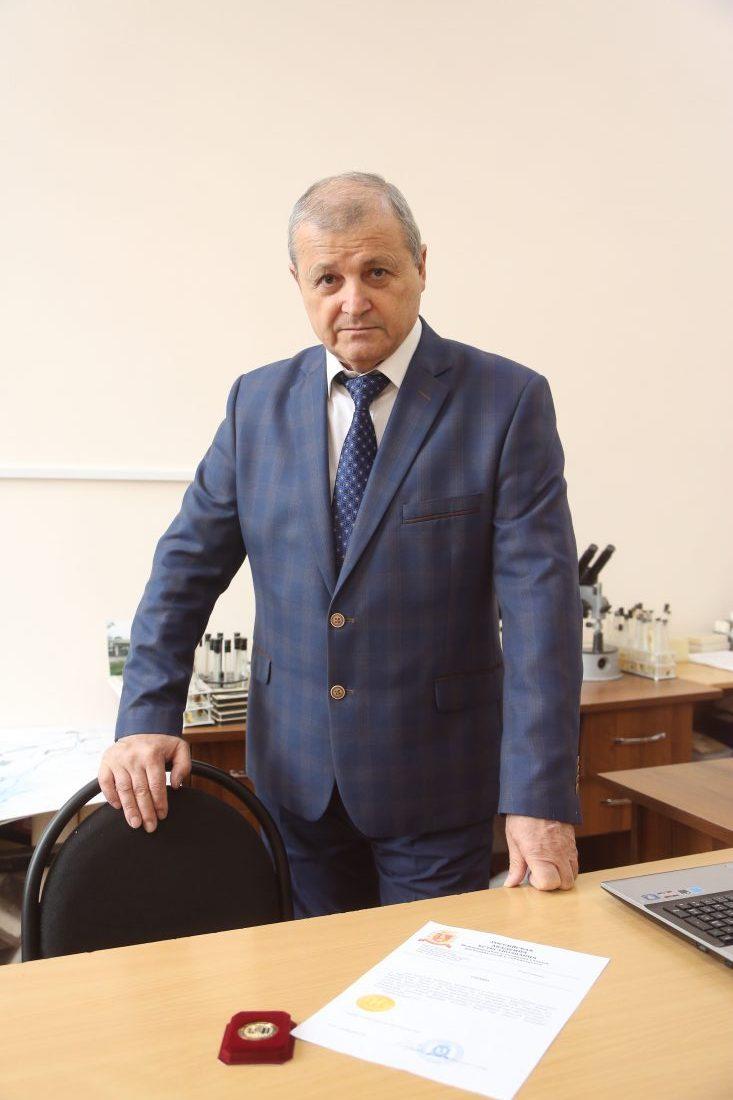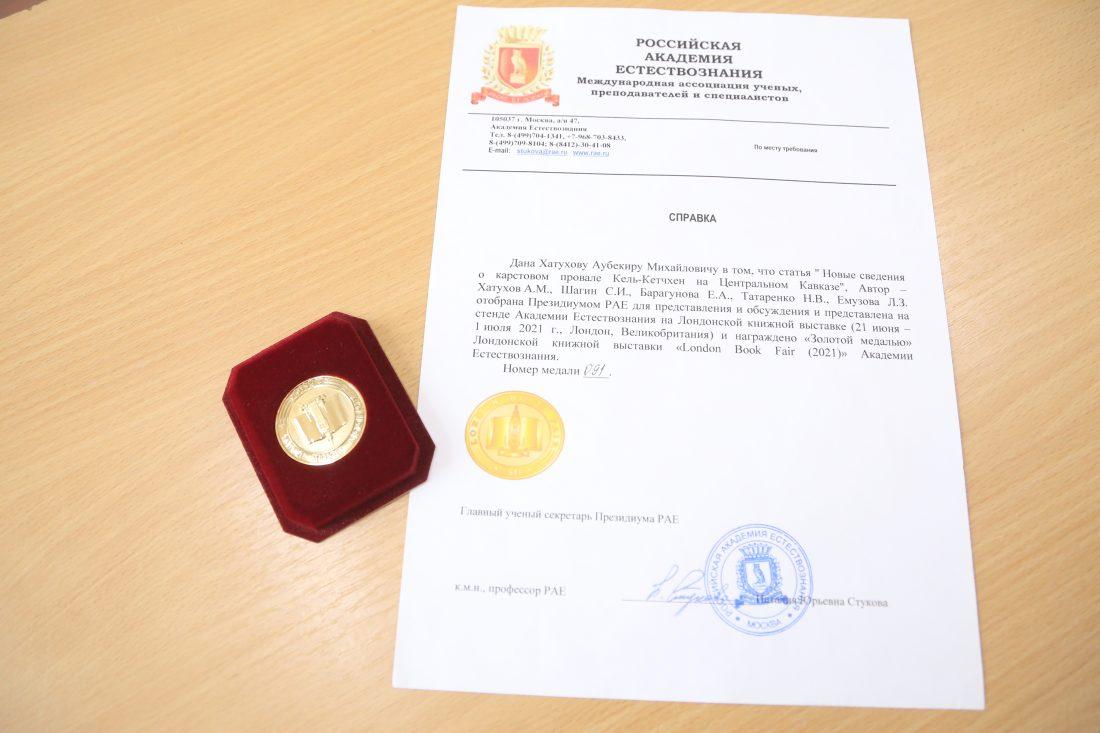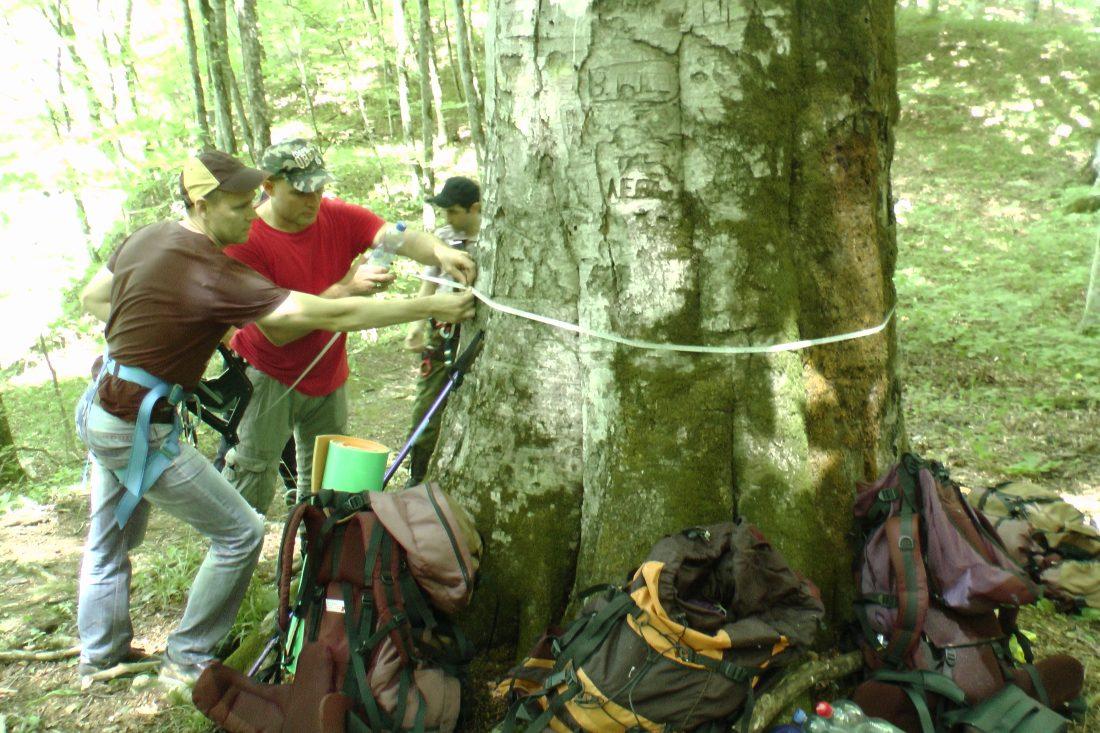
Article by Associate Professor of the Department of Biology, Geoecology and Molecular-Genetic Foundations of Living Systems, Institute of Chemistry and Biology, Kabardino-Balkarian State University named after H. M. Berbekov, Ph.D. Aubekir Khatukhov «New information about the Kel-Ketchkhen karst sinkhole in the Central Caucasus», co-authored with scientists from KBSU, Dr. Sc. Sergey Shagin, Ph.D. Lyudmila Immzova, Ph.D. Elena Baragunova, senior lecturer of the Institute of Chemistry and Biology Nikolai Tatarenko, was awarded the Gold Medal of the London Book Fair (2021) by the Academy of Natural Sciences.
The London book fair is one of the largest book exhibitions in Europe, which traditionally brings together well-known world publishers, librarians, leading authors, book distributors, and numerous representatives of the scientific community.
Representatives of more than 50 countries of the world took part in the 2021 exhibition online. The Russian Federation was represented by a joint virtual stand of the Institute of Translation and the President’s Center B.N. Yeltsin with leading Russian fiction and children’s literature and the stand of the Academy of Natural Sciences Publishing House with scientific literature.
The exhibited materials aroused the active interest of a wide range of scientists, teachers, students, publishers, and journalists. A special place in the exposition was occupied by annotated catalogs of publications that take part in traditional Russian and international exhibitions-presentations of educational, methodological, scientific and fiction literature, held by the Russian Academy of Natural Sciences, as well as magazines published in the publishing house «Academy of Natural Sciences». Ph.D. Aubekir Hatukhov:
Kel-Ketchkhen (translated from the Balkar language «the lake is gone») — Dry Lake — is part of a cascade of five karst lakes under the general name «Blue Lakes», located on the northern slopes of the Rocky Range of the Central Caucasus within the Kabardino-Balkarian Republic. It is located away from tourist trails, so few people saw it, moreover, the sheer walls, the depth of 170 meters, cause a great danger of being nearby, so some groups of scientists did not dare to study this lake for a long time. And now KBSU, in particular, the head of the UNIID, Doctor of Geographical Sciences Sergei Shagin, in 2018 for the first time organized a comprehensive expedition to the Sukhoy Lake as part of the scientists of the Department of General Biology, Biodiversity and Geoecology of KBSU. We were accompanied by a group from the Elbrus high-mountain search and rescue unit of the Russian Emergencies Ministry. Rescuers helped us to go down to the bottom of the Dry Lake and up.
Of particular interest was a small reservoir at the bottom of the Dry Lake. What is its origin, is there a connection with other lakes, we asked ourselves these and other questions. Apart from general ideas about its size and estimated depth, nothing was known. We carried out a complex of geophysical and biochemical measurements, for the first time we compiled the bottom profile of the reservoir. Its depth turned out to be not 5 meters, as it was previously written in different sources, but up to 12 meters. The reservoir is 50 meters in diameter, round in shape. We found a rather diverse hydrofauna there, unusual clusters of beetles and newts. No fish were found. Quite by chance, they found out that there is a current there. We lowered the inflatable boat and forgot the oars. I had to row with my hands. And so I found that when I put my hands in the water, they first fall into a warm, then into a cold stream. And then they began to carry us aside, the boat turned around, twisted. This is a clear sign that there is a downward drain somewhere, the so-called ponor. Later, Sergei Ivanovich Shagin provided a magnificent photograph taken by him from a helicopter. And it all came together. The picture showed where the watercourse came from and where it left. Thus, it turned out that the Dry Lake was formed as a result of tectonic movement, but it did not finally break away from the underground gallery of watercourses, and the link between the Upper Lake — Dry Lake — Lower Lake is preserved.

The idea of studying the Dry Lake belongs to the unforgettable Lyudmila Zaurbievna Emzova, Ph.D., Associate Professor of the Department of Biology, Geoecology and Molecular Genetic Foundations of Living Systems, who prematurely passed away in 2019.
Together with colleagues, Ph.D. Lyudmila Immzova, Ph.D. Elena Baragunova, senior lecturer of the Institute of Chemistry and Biology Nikolai Tatarenko, we carried out hydrometric, hydrobiological studies of the reservoir, geological-geomorphological, landscape, botanical, zoological and soil studies of the karst sinkhole, took samples of rocks at several levels of the karst sinkhole. As a result, factual material, important for geographical science, was obtained, which was subsequently generalized and analyzed in laboratory conditions. The result of the joint work of KBSU scientists was the article «New information about the Kel-Ketchhen karst sinkhole in the Central Caucasus», published in the journal «Achievements of modern natural science». No. 7. 2020.
Subsequently, we were informed that the work was selected by the RAE Presidium and presented at the stand of the Academy of Natural Sciences at the London Book Exhibition (June 21 — July 1, 2021, London, UK).
In the course of the story, Aubekir Khatukhov noted the efforts of the acting Rector Yuri Altudov in creating comfortable conditions at the university for KBSU scientists to engage in scientific activities.




